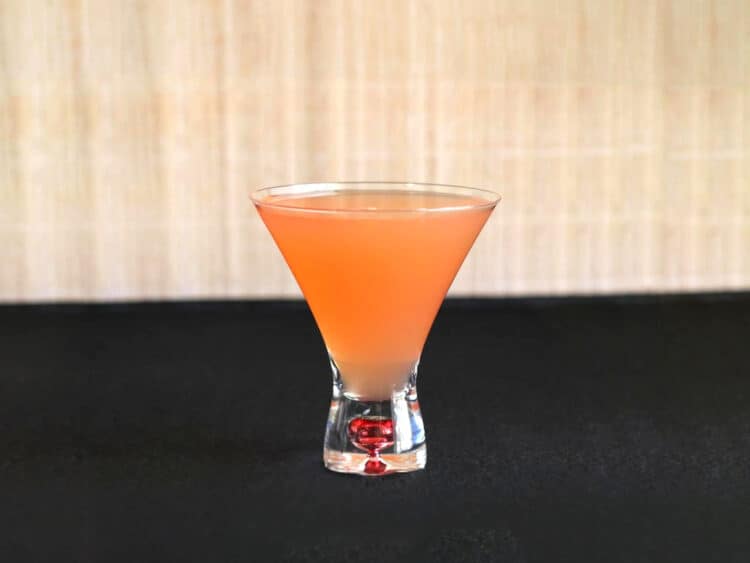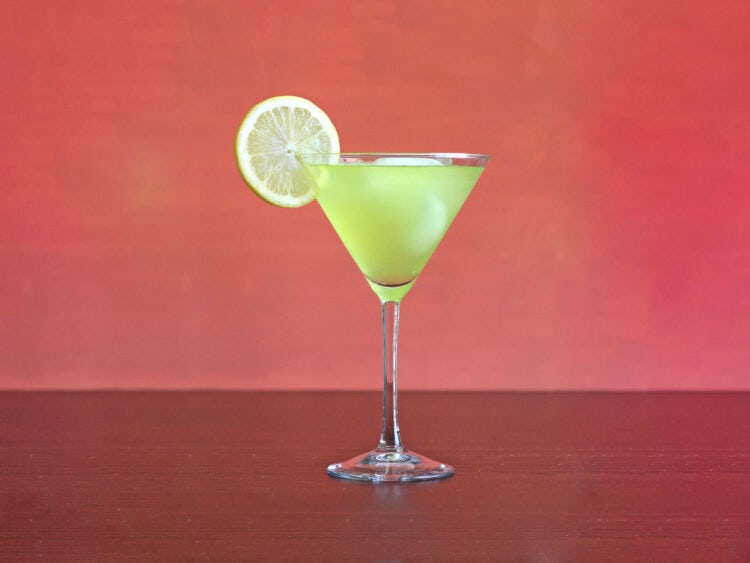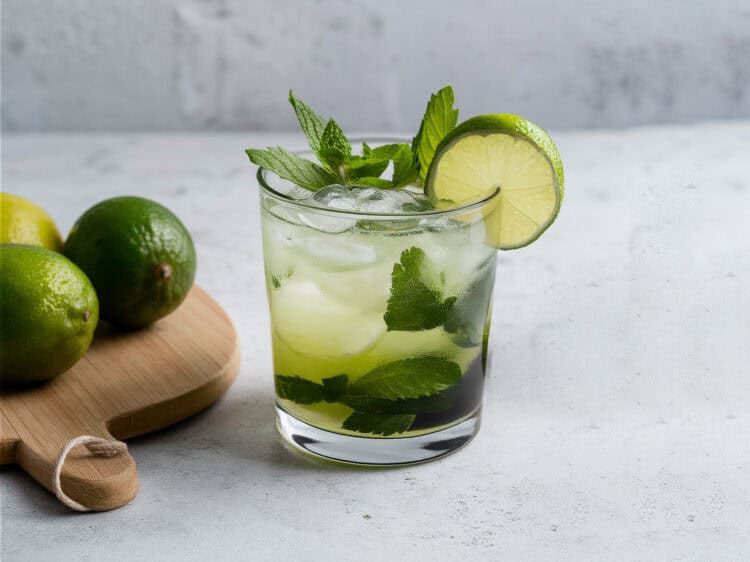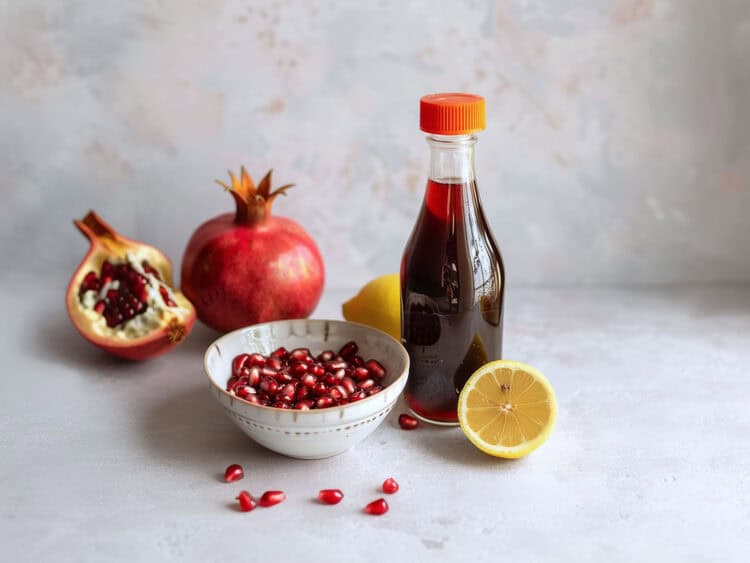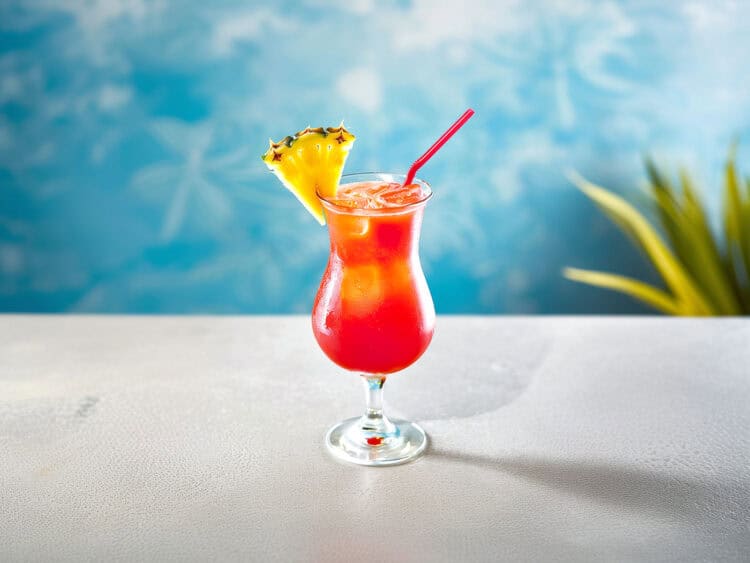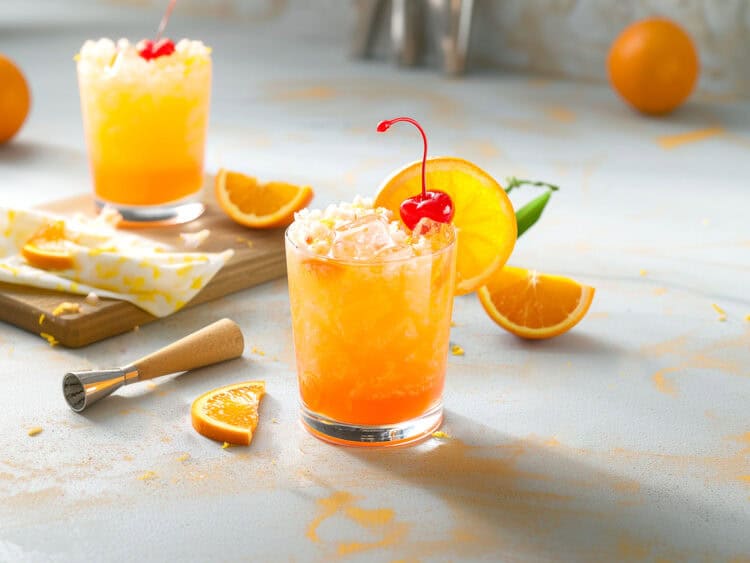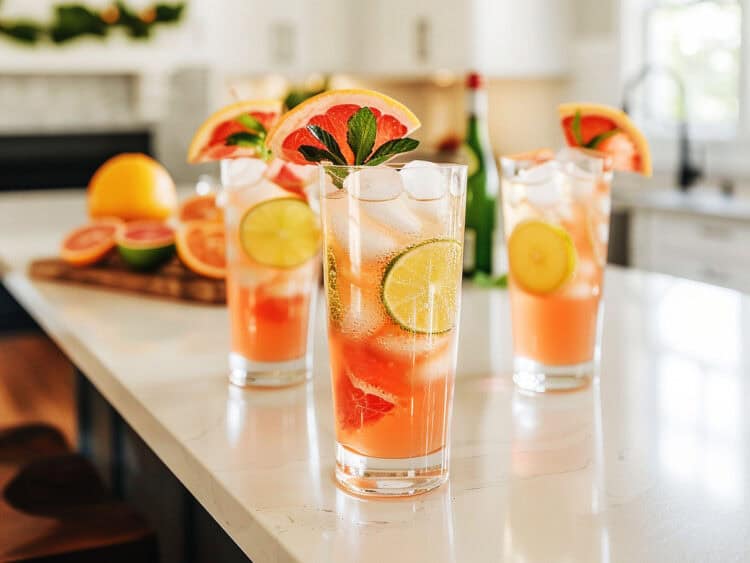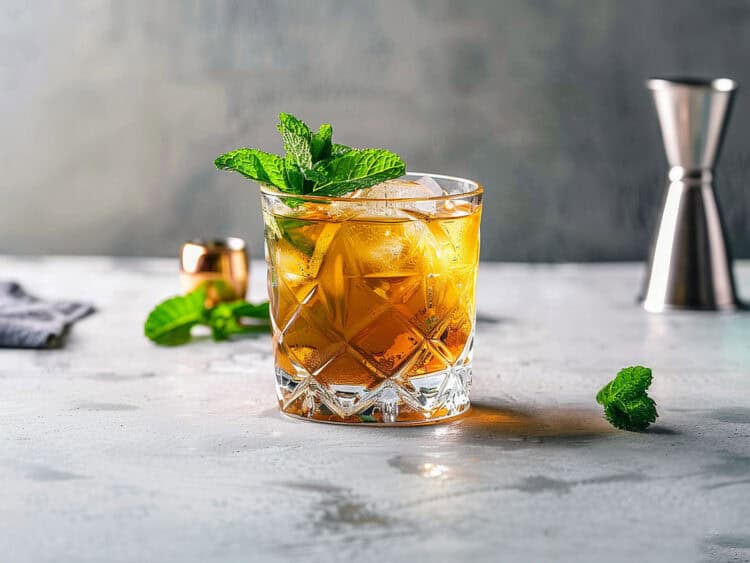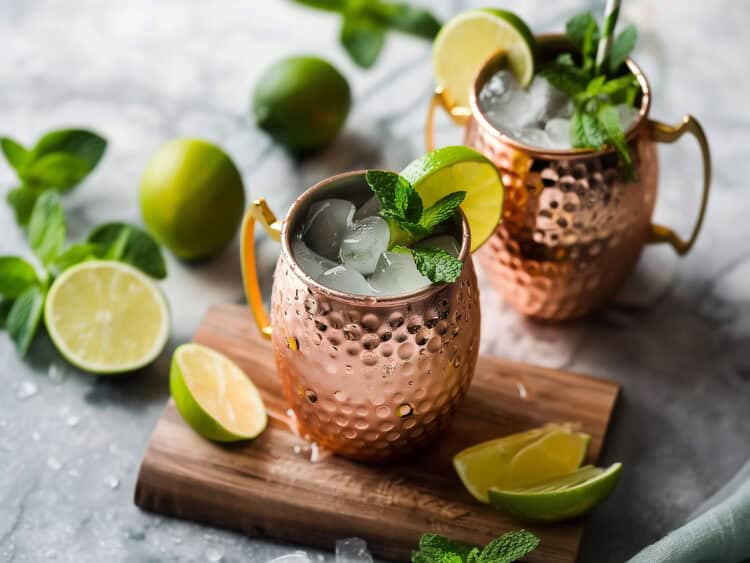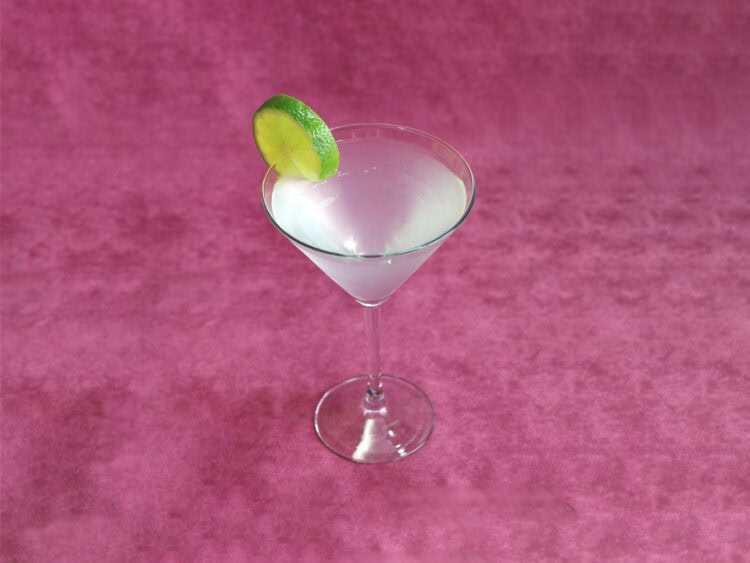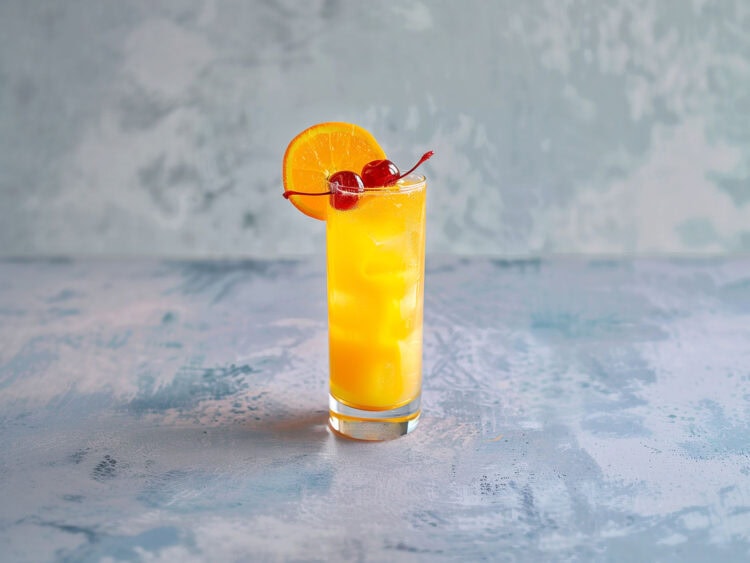The Ultimate Guide to Different Types of Tequila
Welcome to the fascinating world of tequila and all its various types. From the traditional Blanco to the aged Extra Añejo, we’ll go over the distinct characteristics, production methods, and flavor profiles that make each type unique.
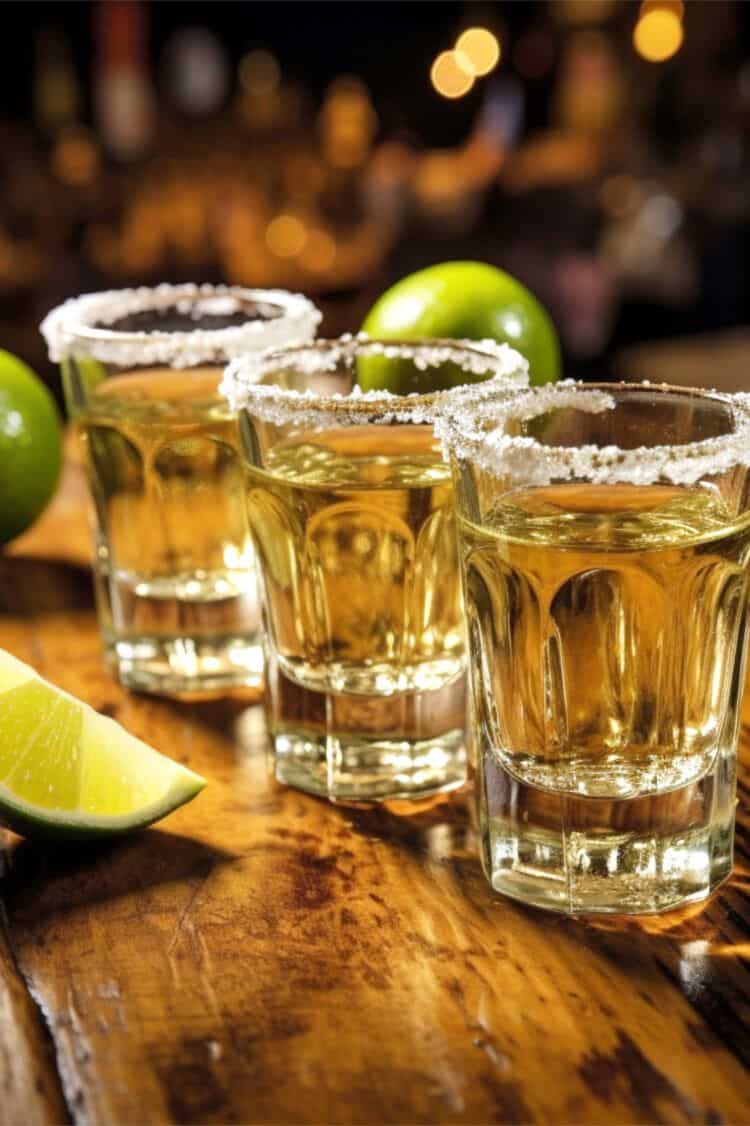
6 Different Types of Tequila
Tequila has a rich history that dates back centuries and is deeply ingrained in Mexican culture. It is made from the blue agave plant, primarily grown in the state of Jalisco in Mexico.
While often associated with shots and margaritas, there is much more to tequila than meets the eye. Tequilas come in various types, each distinguished by their aging process and flavor profiles.
Blanco (Silver) Tequila
Blanco tequila is also known as silver or white tequila. It is unaged or minimally aged and bottled immediately after distillation.
This type of tequila exhibits raw and pure flavors derived directly from the agave plant. Blanco tequilas are typically clear in color with a crisp taste profile characterized by earthy notes, citrus undertones, and a peppery finish.
Due to their vibrant flavors, blanco tequilas are often used as a base for cocktails like margaritas where the agave essence shines through.
They are also perfect for those who prefer a more intense and authentic agave experience without any influence from wood aging.
Reposado Tequila
Reposado means “rested” in Spanish, which aptly describes this type of tequila’s aging process. Reposado tequilas are aged in oak barrels for a minimum of two months and up to one year.
This aging period imparts additional flavors and complexities into the tequila, resulting in a smoother and more rounded taste profile.
The oak barrels influence the color, aroma, and flavor of reposado tequilas. They develop a light to medium golden hue and exhibit notes of vanilla, caramel, and butterscotch alongside the characteristic agave flavors.
The aging process also softens the tequila’s intensity, making it an excellent choice for sipping or enjoying neat.
Añejo Tequila (Aged Tequila)
Añejo tequila takes the aging process a step further by maturing in oak barrels for at least one year but less than three years. This extended aging period results in a darker amber color with complex flavors that are often compared to aged spirits like whiskey or cognac.
The time spent in oak barrels lends añejo tequilas notes of toasted oak, chocolate, nuts, and spice while still retaining the underlying agave essence.
These tequilas offer a smooth mouthfeel with rich flavors that can be enjoyed on their own or as part of sophisticated cocktails where their unique characteristics shine.
Extra Añejo Tequila
Extra Añejo is the newest category recognized by the Tequila Regulatory Council (CRT) as of 2006. This designation is reserved for tequilas aged for a minimum of three years in oak barrels.
With its deep mahogany hues and refined flavor profiles, extra añejo represents the pinnacle of aged tequila craftsmanship.
The extended aging imbues extra añejo tequilas with even more complexity and depth. They showcase flavors such as dark chocolate, roasted nuts, dried fruits, leather, and tobacco while maintaining a delicate balance between agave sweetness and oaky influences.
Extra añejos are best savored neat or on the rocks to fully appreciate their intricate flavors and smooth textures.
Joven (Gold) Tequila
Joven tequila, also referred to as gold tequila, is usually a mixto or blend of blanco and aged tequilas. While it can be a combination of any type of tequila, joven tequilas are typically a mixture of blanco or reposado with the addition of caramel coloring and flavorings.
This results in a golden hue that resembles aged tequilas while still providing the vibrant character of unaged tequilas.
Joven tequilas are versatile and often used for mixed drinks or cocktails due to their balanced flavors that bridge the gap between blanco and aged expressions.
However, it’s important to note that not all gold-colored tequilas are true joven; some may have added colors without any aging process.
Cristalino Tequila
Cristalino is a relatively new category in the world of tequila. It is created by filtering an añejo or extra añejo tequila to remove any impurities while maintaining its aged characteristics.
The resulting spirit is crystal clear, resembling blanco tequila in appearance but with the depth and complexity associated with aging.
Cristalinos offer a unique drinking experience that combines the smoothness and complexity of aged tequilas with the clarity and purity of blancos.
They exhibit flavors ranging from vanilla and caramel to toasted oak and dried fruits. Cristalino serves as an excellent choice for those who seek the best of both worlds – the refinement of aged spirits without sacrificing visual aesthetics.
How Tequila Differs from Mezcal
Tequila and Mezcal are both distilled spirits derived from the agave plant, but they differ in several ways:
- Type of Agave: Tequila is made specifically from blue agave, while Mezcal can be produced from more than 30 types of agave plants, which leads to a wider range of flavors.
- Geographical Location: Both are produced in Mexico but in different regions. Tequila mainly comes from Jalisco, while Mezcal primarily comes from Oaxaca.
- Production Method: In the production of Mezcal, the heart of the agave plant (piña) is roasted in pits before fermentation, giving it its distinct smoky flavor. For tequila, the piñas are usually steamed inside industrial ovens before being distilled two or three times.
- Regulations: The name “Tequila” is protected by Denomination of Origin status, meaning that it can only be produced in certain areas under specific conditions. The same goes for “Mezcal”, but its allowed production area is broader than that for Tequila.
- Taste: Due to differences in production and type of agave used, Tequila tends to have a smoother, sweeter taste while Mezcal often has a complex and smoky flavor profile.
Enjoying All the Tequilas
Tequila is much more than just a party spirit; it’s a diverse category with various types catering to different palates and preferences. From the crisp purity of blanco to the rich complexities of extra añejo, each type offers something unique for every discerning drinker.
By understanding the different types of tequilas, their aging process, and flavor profiles, you can make informed choices when selecting a bottle or crafting tequila-based cocktails.
So, whether you prefer sipping a smooth añejo or shaking up a tangy margarita with a vibrant blanco, embrace the world of tequila and discover the nuances that make this Mexican spirit so captivating. Salud!
Best Cocktails for Each Type
You can usually use any tequila you want in a tequila cocktail recipe. Sometimes it makes a difference. The best known tequila cocktails are probably the Margarita, the Tequila Sunrise, Paloma, El Diablo and Tequila Sour.
Last Updated:

